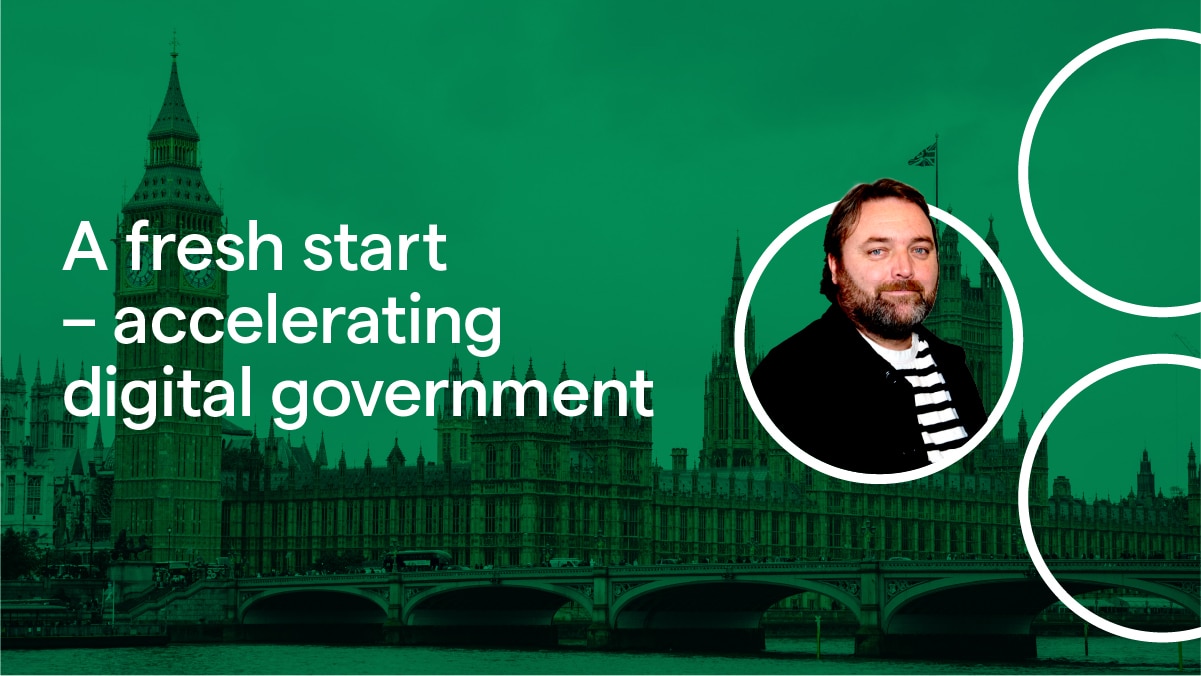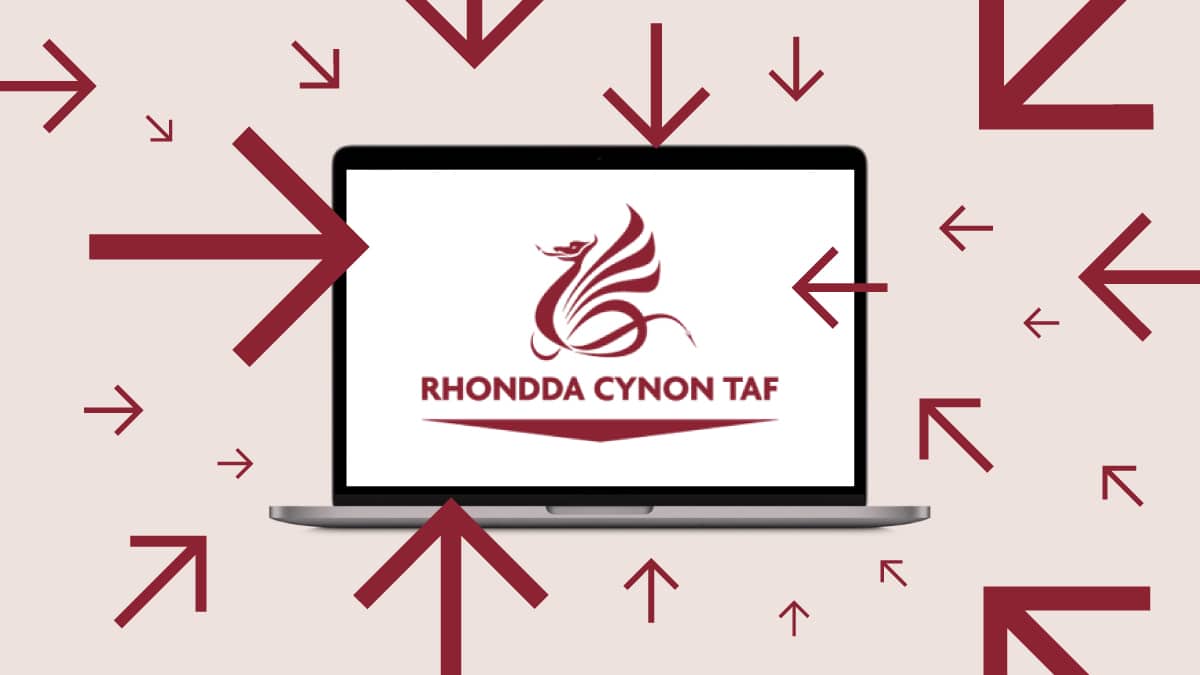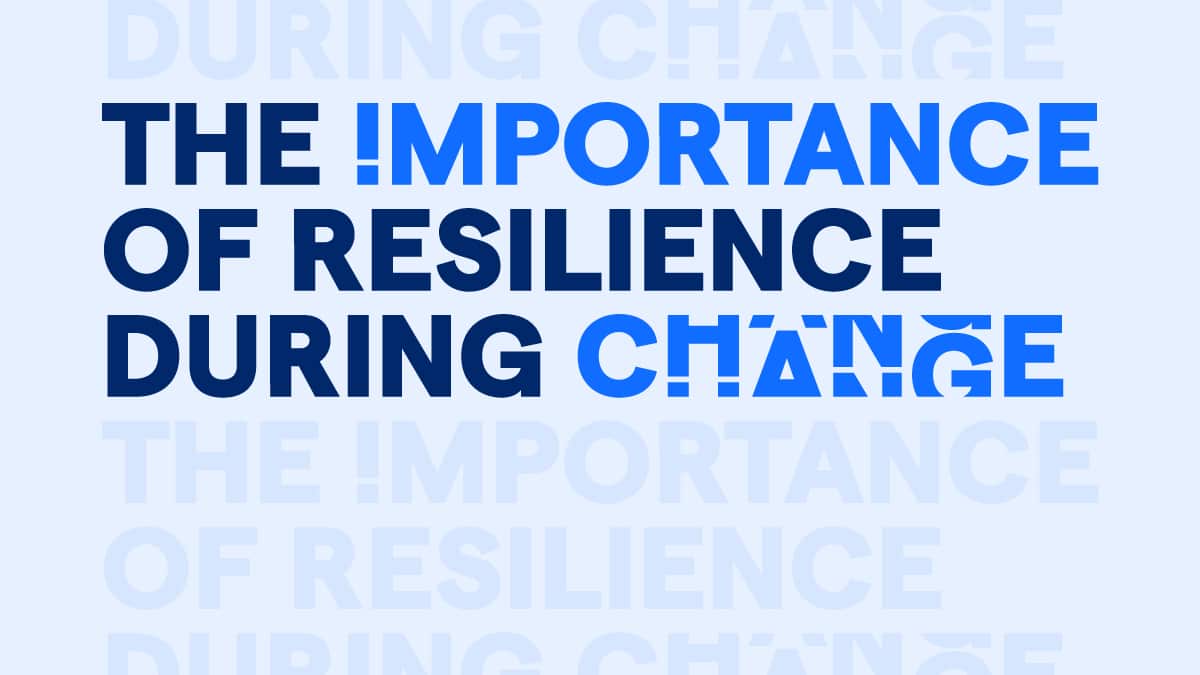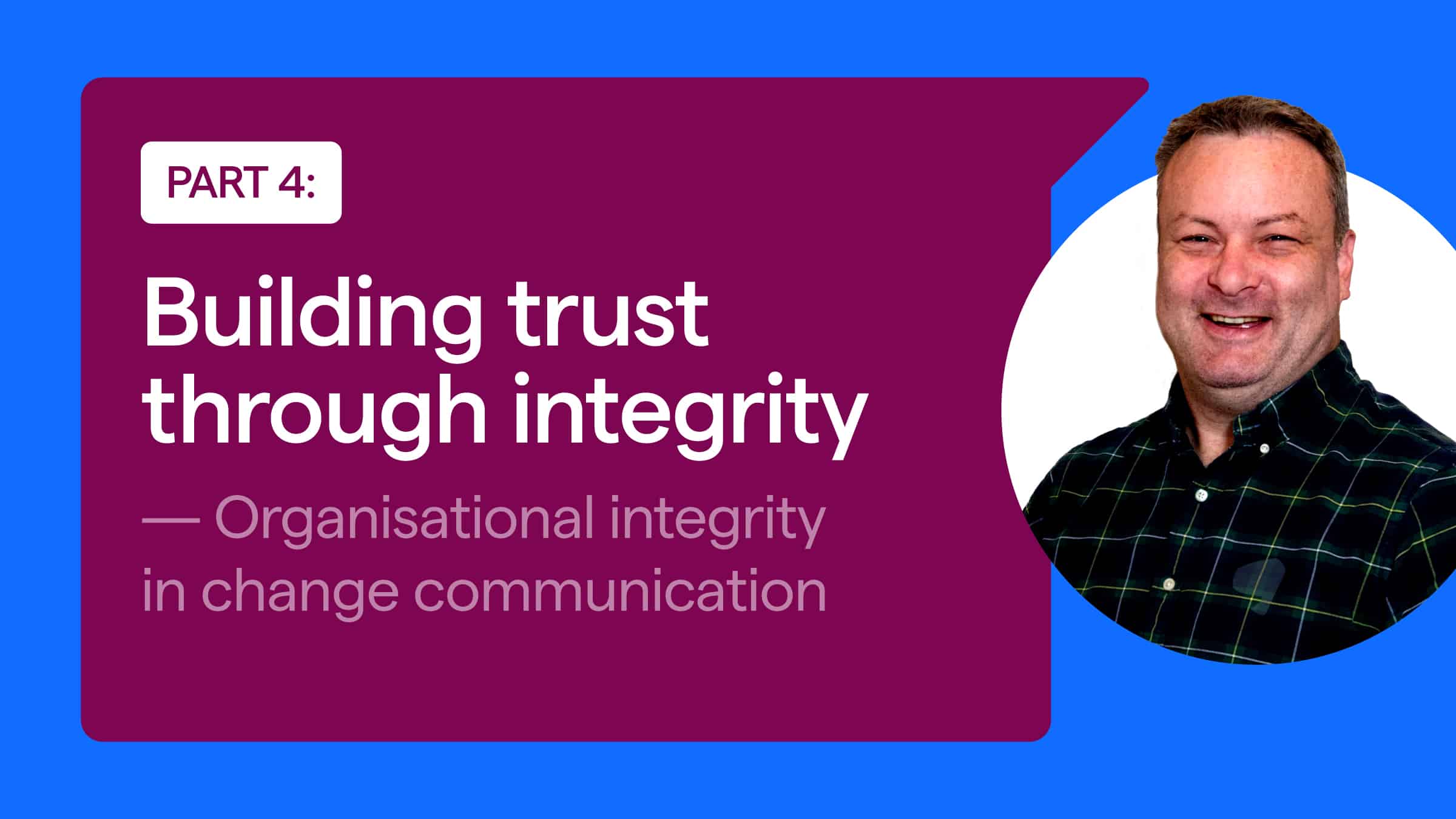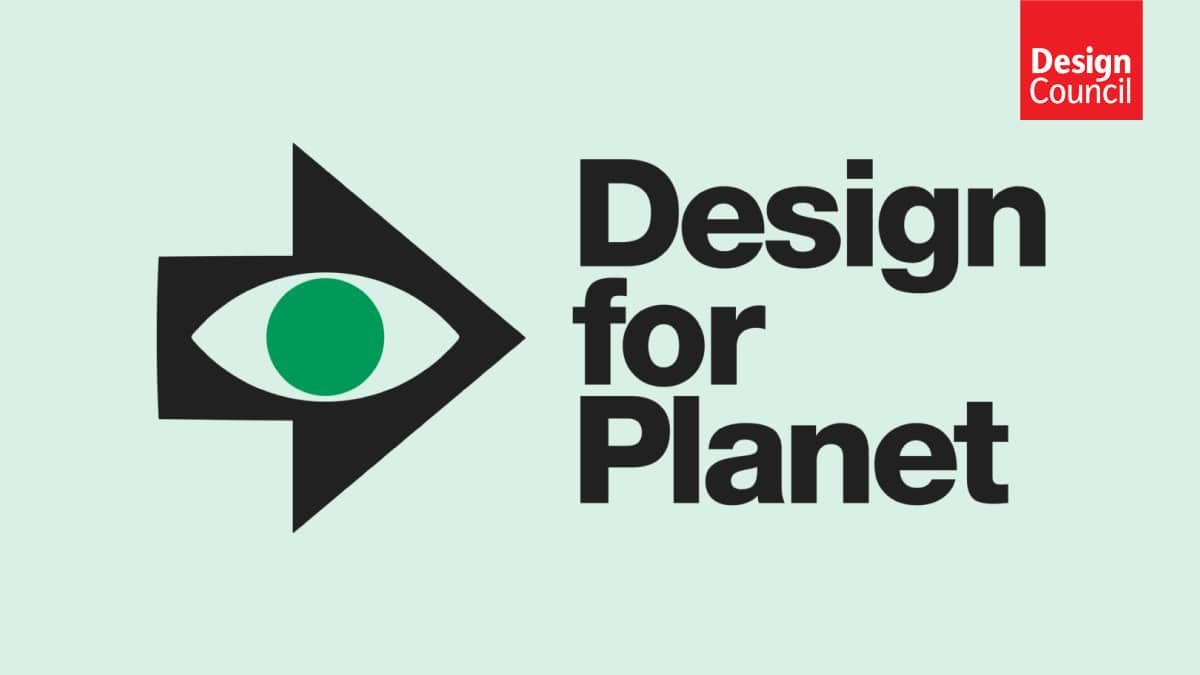Prioritisation – finding a way through the noise
Written by: Perago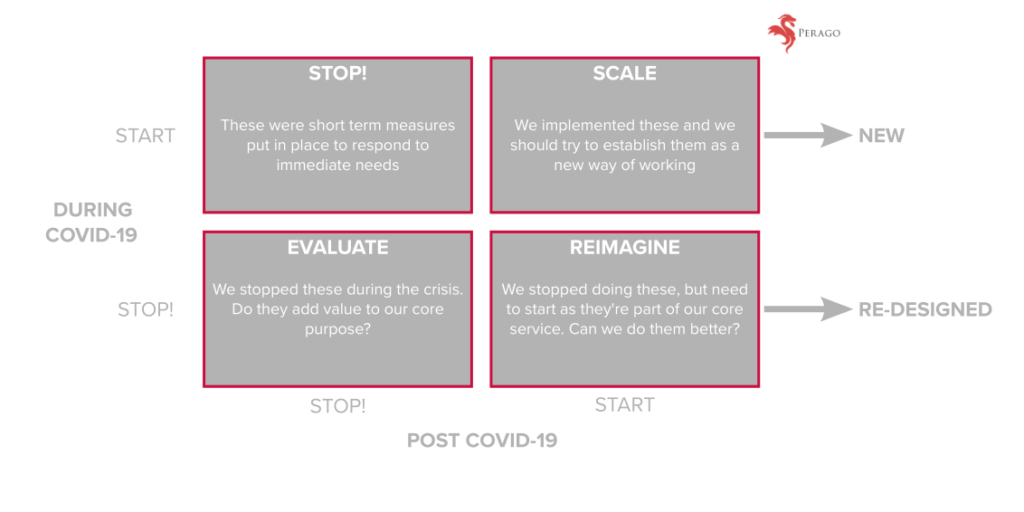
Over the past few months, organisations have had to make quick decisions and adapt their service delivery models. Whether that’s my local independent coffee shop, moving from footfall popping in for a coffee, chat and a spot of people watching to securing the future of their business by setting up a website offering fresh roast beans for delivery or large organisations adapting their delivery models. It has been a time of massive change and shifting priorities. From banks, supermarkets and high street stores to local authorities, schools, and NHS services, many have had to quickly review their business models and prioritise services to ensure that those most vulnerable continue to receive the services they need. This shift has hit the public sector particularly hard as they have worked to ensure the vulnerable in society do not become more disadvantaged by COVID-19 while continuing to deliver across all services.
Designing services for a post COVID world
As we all slowly emerge from lockdown many organisations will be looking at the processes and procedures, they’ve put in place to continue to function over the past few months and thoughts will start to turn to the future and what does work look like post-COVID? How can we embed some of these new working practices? How do we continue to deliver effective services to our users?
I’ve heard it said more than once from senior people ‘we’ve transformed more in the past three months than we’ve done in the past five years!’ and while there’s an element of truth to this, it’s hard not to think that’s it a simplification of facts. Yes, you have quickly moved your contact centre to remote working and managed to shift operational staff onto laptops from home, but have you transformed your organisation? A quote I have kept coming back to recently has been from Matt Edgar:
…the forced adoption of tech ≠ the hard human work of transformation, and may even impede it… if the day before lockdown, your organisation didn’t understand the culture, processes, business models and technologies of the internet era, it’s unlikely to be effectively applying then now to respond to people’s raised expectations.
Now is not the time for knee jerk reactions
At the core, and as my colleague, Tim said in an earlier post, now is not the time for knee-jerk reactions and bold statements. It is a time to take stock, to think about what we were doing before lockdown, what worked, what did not, what did we change during the lockdown, have those changes worked and to what degree. We’ve considered this simple 2×2 for helping organisations understand and prioritise where to focus those efforts as we move out of lockdown:

Cutting through the noise
Right now, organisations, particularly those in the public sector, need to look at how they adapted vital services and how they have kept core services running. And the answer, I hope, when you cut through the noise, is that they put user needs first.
It is worth remembering that sometimes to start doing new things we need to stop doing old things. Now is the time for organisations to start thinking about the things that they stopped doing as they moved to support their staff and users through the first phase of the pandemic. Services, process and procedures that fell on the back burner need to be re-examined, and the question needs to be asked about whether they are still required. We need to evaluate the processes, procedures and services that were stopped during the crisis and make decisions about those that are always needed, making sure that they satisfy a user need. We need to understand if they were adding value and if not, ask the tough questions about whether we need to re-start them.
We need to understand the measures that were put in place to get through the crisis period, which of these were the short term and, in contrast, those which can have long term benefits, such as moving to remote working. While many organisations rushed this into place to support short term measures, but over 70% of people now say they do not envisage going back to the office full time. Even so, we need to remember that working from home through a pandemic is different from working from home, so is this a model we can work toward, and how do we do it?
The user at the core of service delivery
At the core of service delivery, be it groceries, education or adult services is the user. Taking the time to understand those user needs, prioritising and delivering against them is going to be essential to the future of any organisation. While the crisis has thrown up enormous challenges for a lot of people and organisations, it’s also opened a lot of opportunities to change how we deliver and access services. Taking a moment to step back and assess those priorities will be a critical step in moving services into a post-COVID-19 world.
